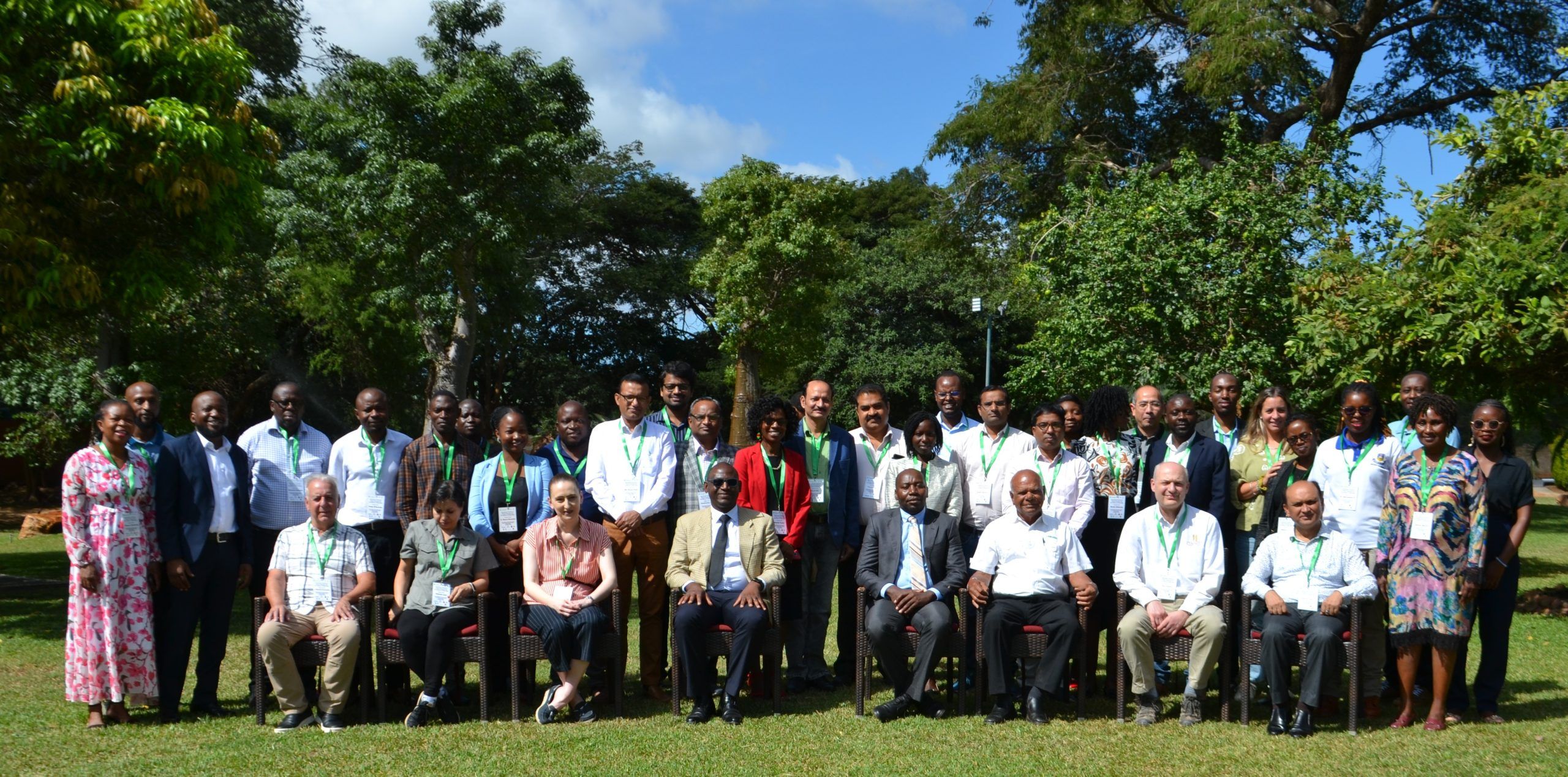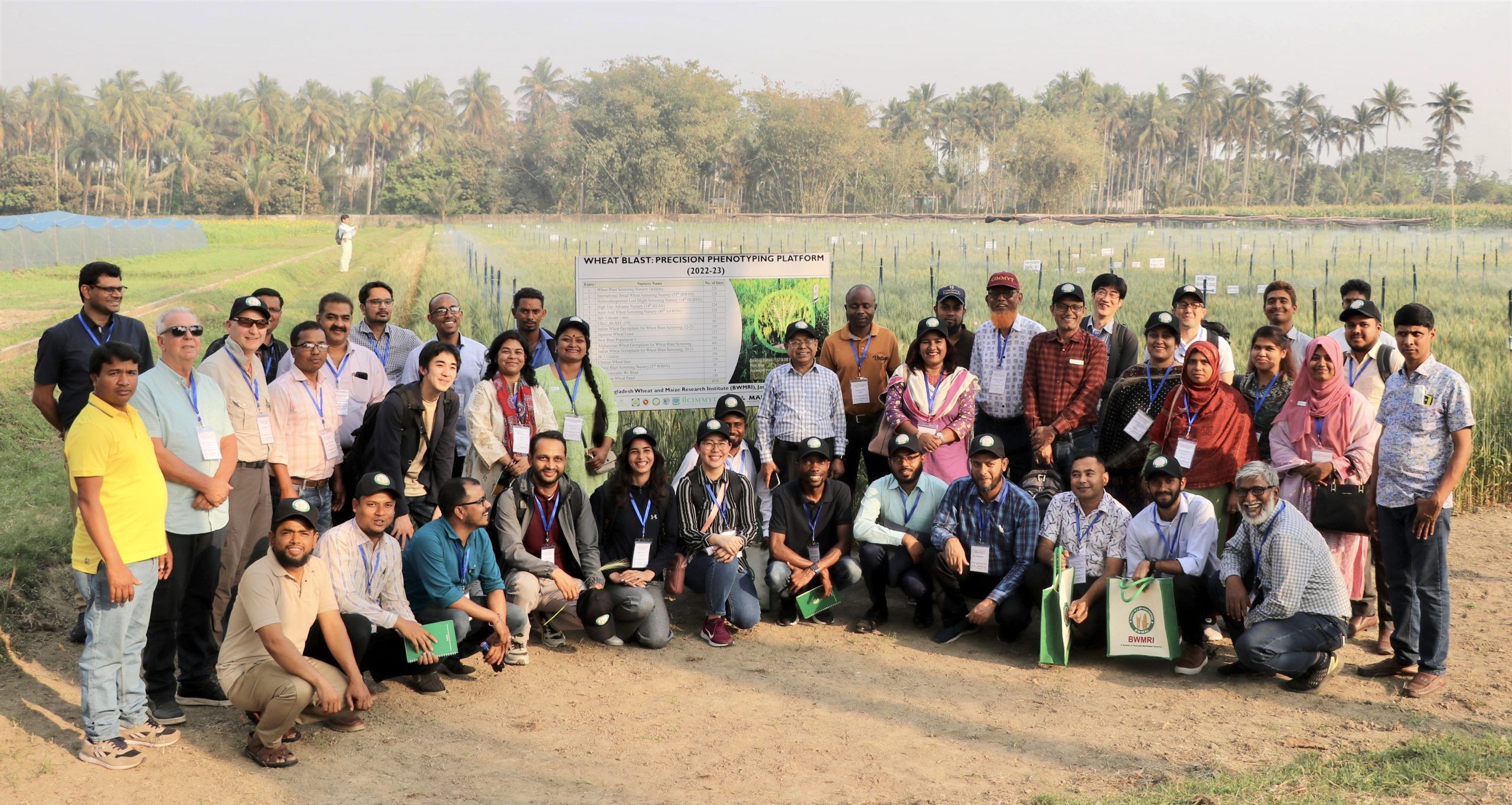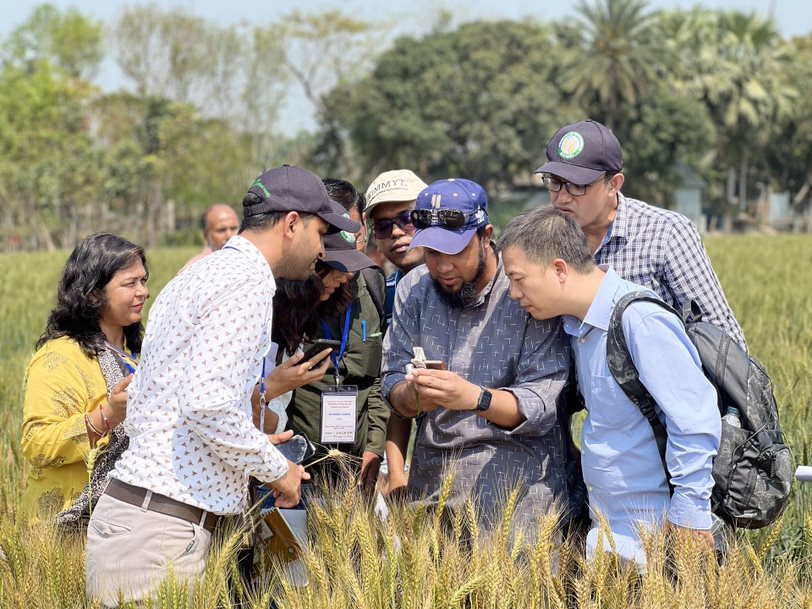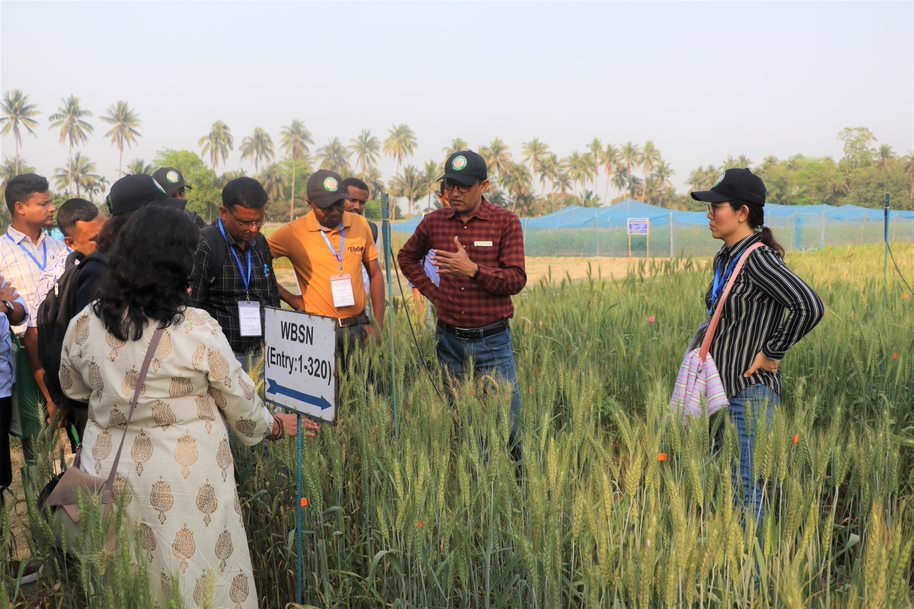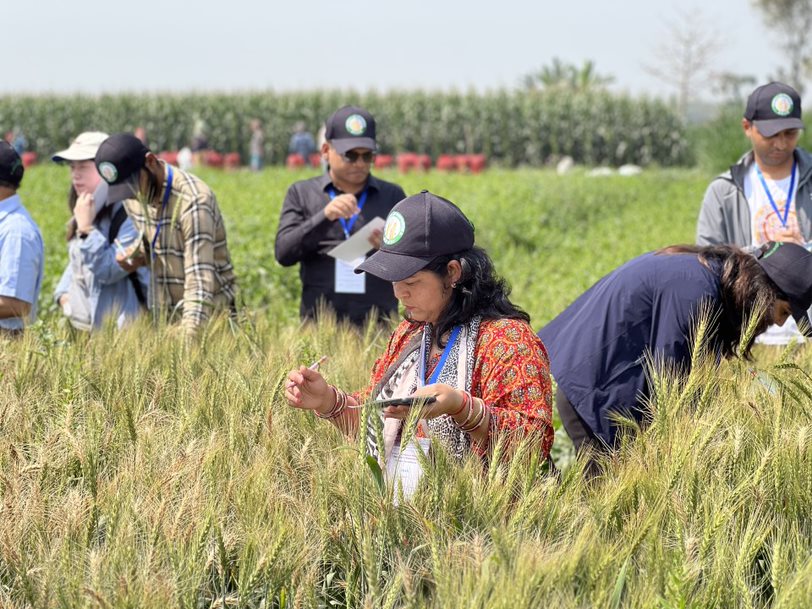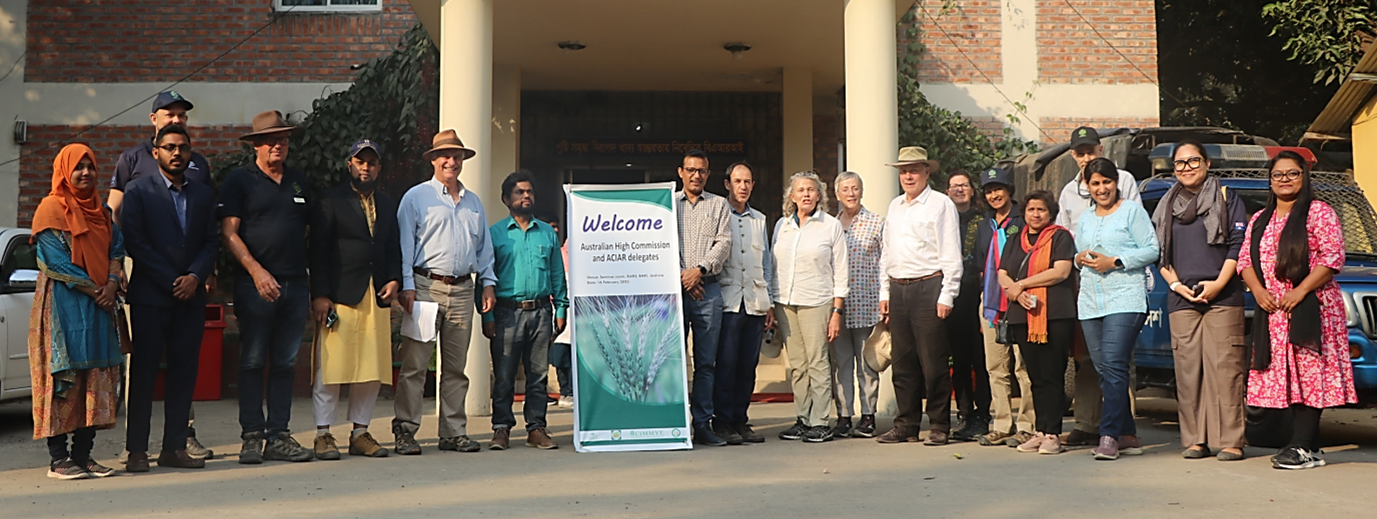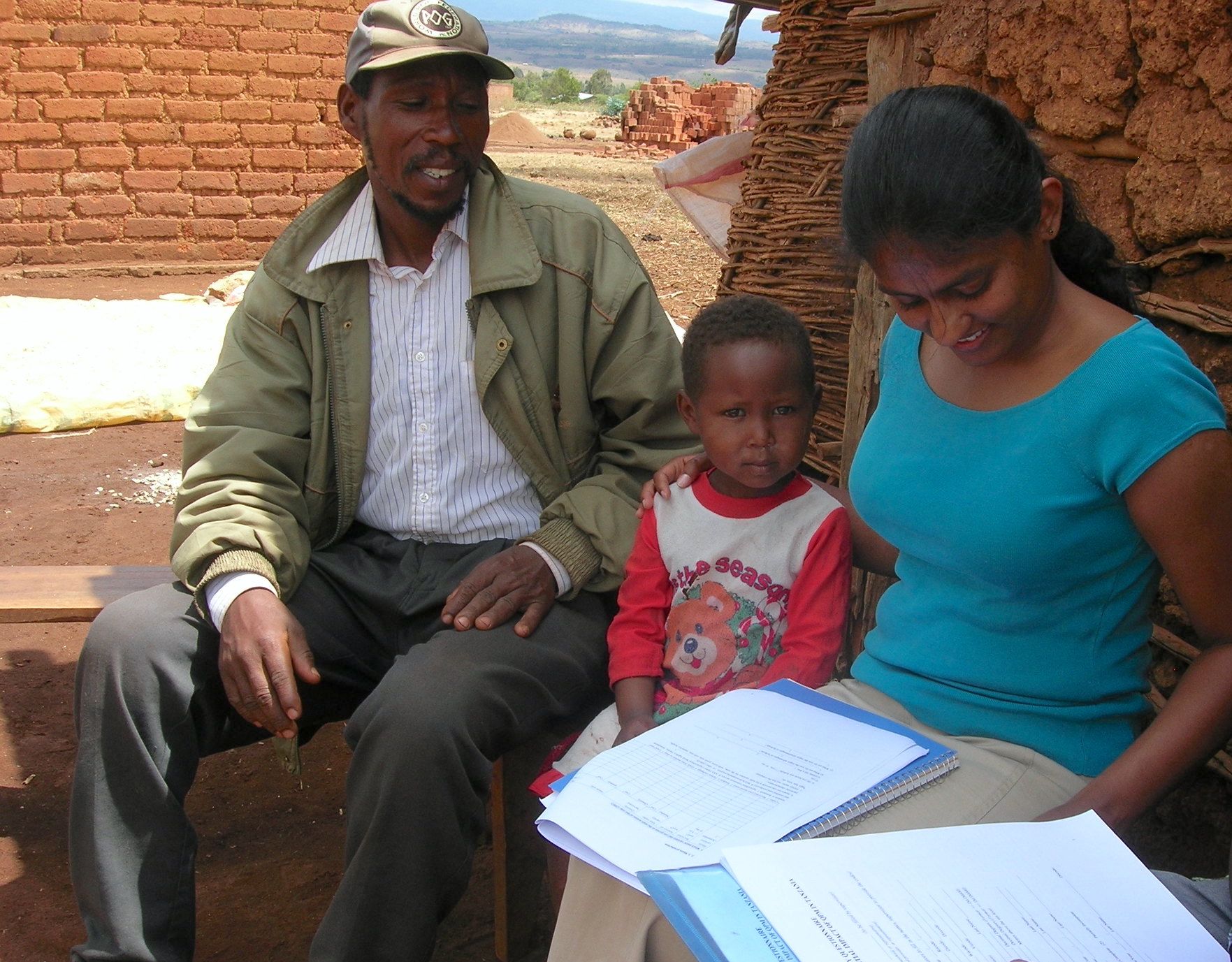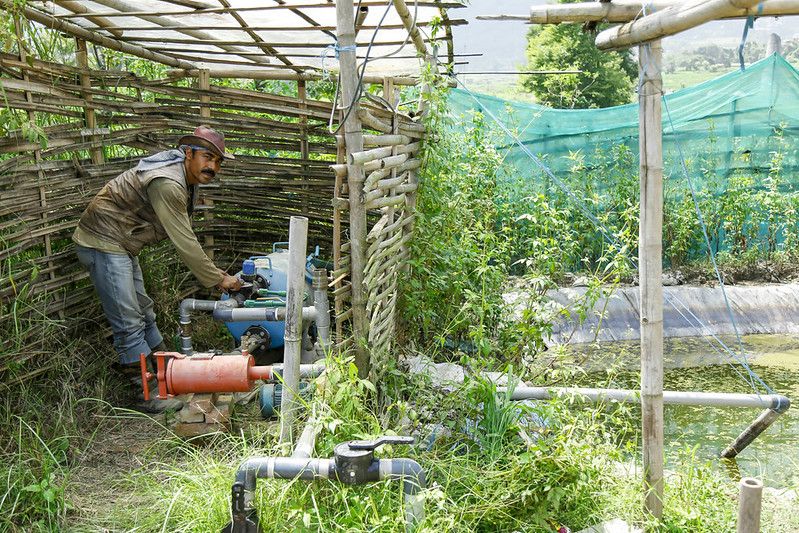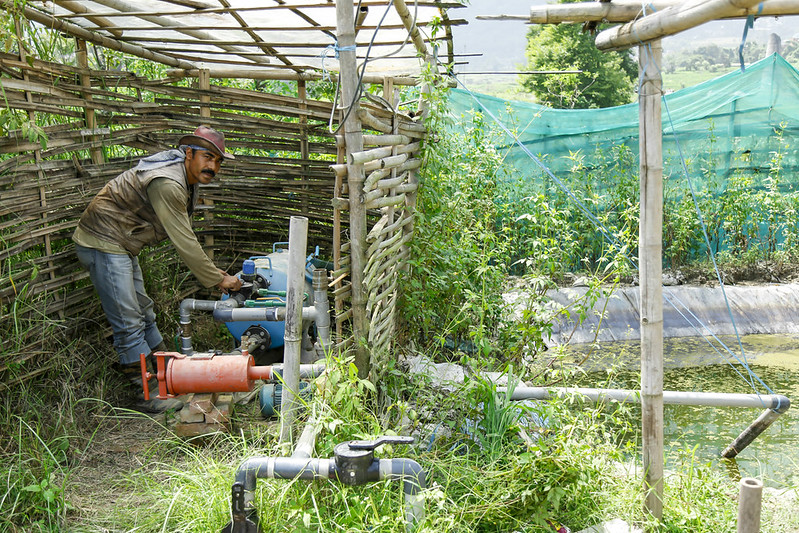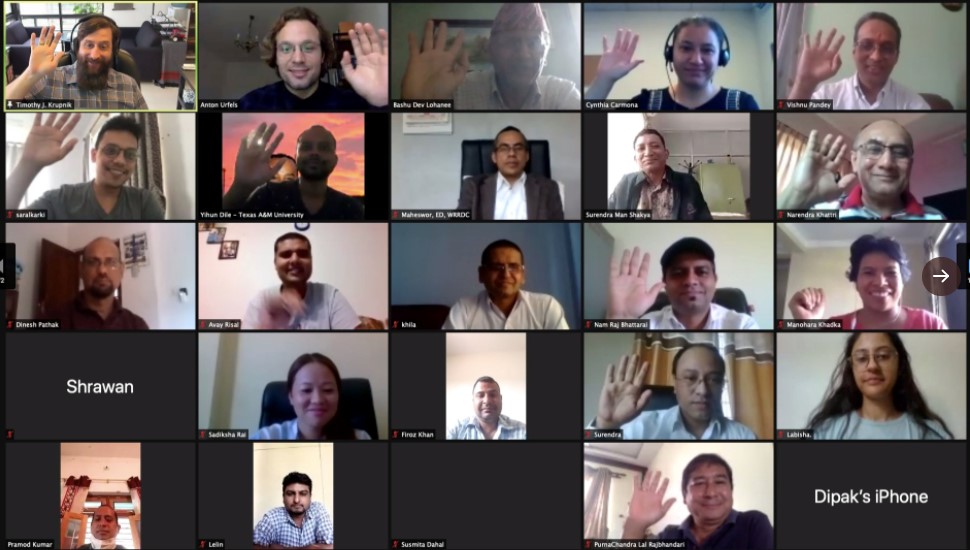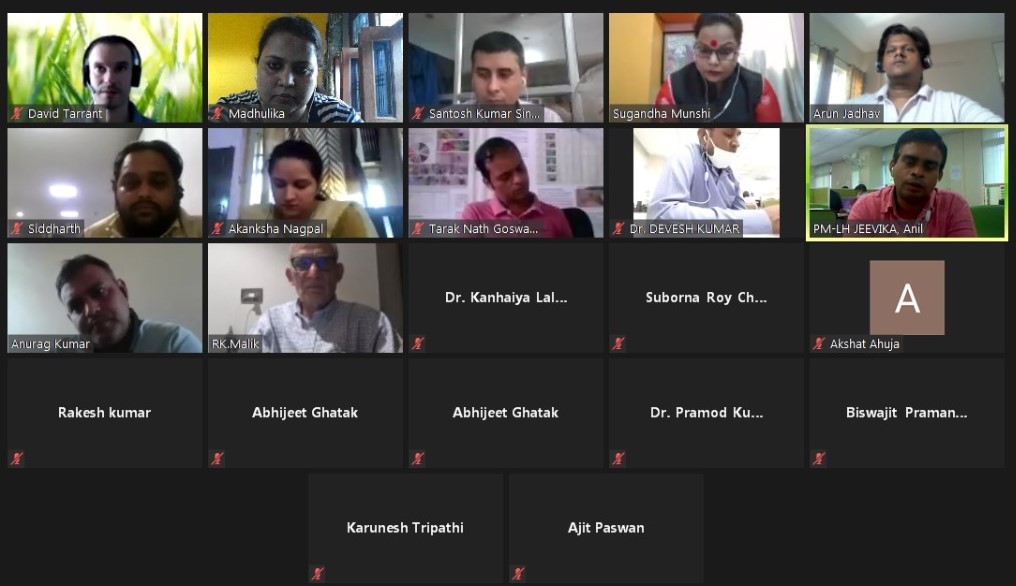Building global capacity to combat wheat blast
Researchers and experts from 15 countries convened in Zambia, between 4-15 March 2024, for an international training on wheat blast disease screening, surveillance, and management.
Wheat blast, caused by pathogen Magnaporthe oryzae pathotype triticum, is threatening global wheat production especially in warmer and humid regions. The disease was first observed in Parana state of Brazil in 1985 and subsequently spread to Bolivia, Paraguay, and Argentina. Outside of South America, wheat blast incidences were recorded for the first time in Bangladesh in 2016 and in Zambian wheat fields in 2018.
To mitigate the impact of this potential plant pandemic, the Zambia Agriculture Research Institute (ZARI), in collaboration with CIMMYT and other partners, organized a comprehensive training for building research capacity and raising awareness within the local and international community, especially in at-risk countries.
“This collaborative effort, supported by various international partners and funders, underscores the importance of global cooperation in addressing agricultural challenges such as wheat blast. The objective of the training was to empower researchers with knowledge and tools for enhanced wheat production resilience in regions vulnerable to this destructive disease,” said Pawan Kumar Singh, principal scientist and project leader at CIMMYT. Singh collaborated with Batiseba Tembo, wheat breeder at ZARI-Zambia, to coordinate and lead the training program.
Thirty-eight wheat scientists, researchers, professors, policymakers, and extension agents from countries including Bangladesh, Brazil, Ethiopia, India, Kenya, Mexico, Nepal, South Africa, Sweden, Tanzania, United Kingdom, Uruguay, Zambia, and Zimbabwe convened at the Mt. Makulu Central Research Station in Chilanga, Zambia.
“Wheat blast is a devastating disease that requires concerted efforts to effectively manage it and halt further spread. The disease is new to Africa, so developing capacity amongst country partners before the disease spreads more widely is critical,” said Tembo.
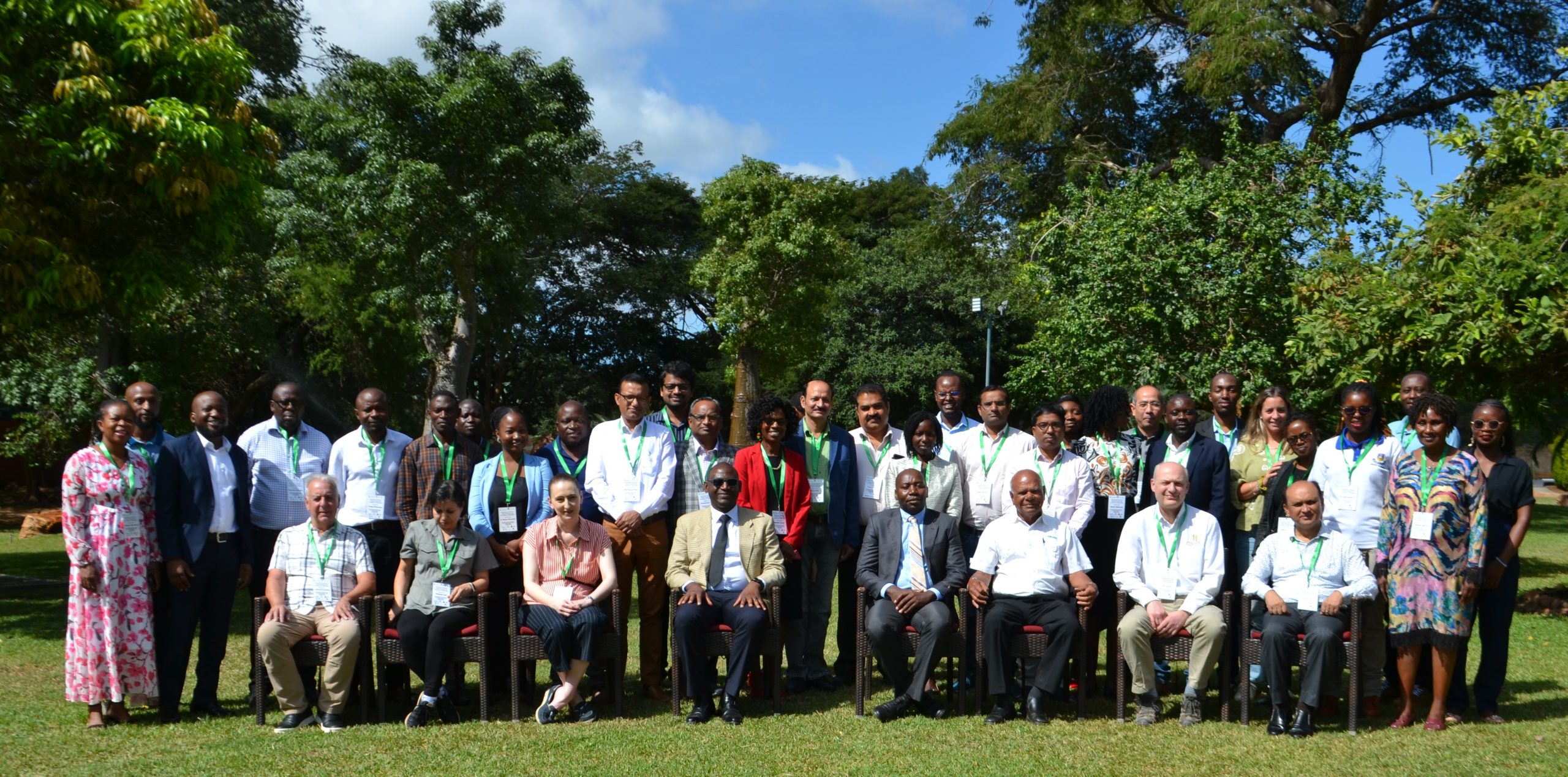
Highlights from the training: discussions, lab exercises, and field visits
During the training, participants engaged in lectures, laboratory exercises, and field visits. There were insightful discussions on key topics including the fundamentals of wheat blast epidemiology, disease identification, molecular detection of the wheat blast pathogen, isolation and preservation techniques for the pathogen, disease scoring methods, disease management strategies, and field surveillance and monitoring.
The course also provided practical experience in disease evaluation at the Precision Phenotyping Platform (PPP) screening nursery located in Chilanga research station. This involved characterization of a diverse range of wheat germplasm with the aim of releasing resistant varieties in countries vulnerable to wheat blast. Additionally, participants undertook field visits to farmers’ fields, conducting surveillance of wheat blast-infected areas. They collected samples and recorded survey data using electronic open data kit (ODK) capture tools.

“The killer disease needs to be understood and managed utilizing multi-faceted approaches to limit the expansion and damages it can cause to global wheat production. The Bangladesh Wheat and Maize Research Institute (BWMRI) is willing to share all the strategies it deployed to mitigate the effect of wheat blast,” said Golam Faruq, BWMRI’s director general.
Participants visited seed farms to gain practical insights into seed production processes and quality assurance measures. These visits provided first-hand knowledge of seed selection, breeding techniques, and management practices crucial for developing resistant wheat varieties. Participants also visited research sites and laboratories to observe advanced research methodologies and technologies related to wheat blast management. These visits exposed them to cutting-edge techniques in disease diagnosis, molecular analysis, and germplasm screening, enhancing their understanding of effective disease surveillance and control strategies.
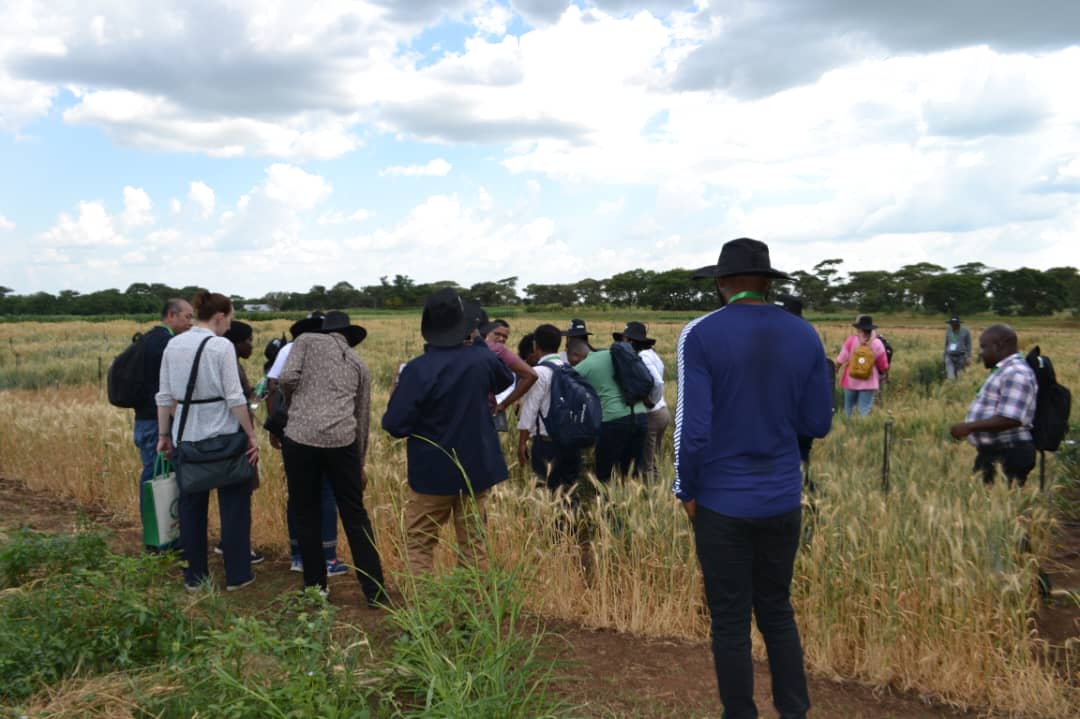
“The training and knowledge sharing event was a significant first step in developing understanding and capacity to deal with wheat blast for partners from several African countries. It was wonderful to see the efforts made to ensure gender diversity among participants,” said Professor Diane Saunders from the John Innes Centre, UK.
